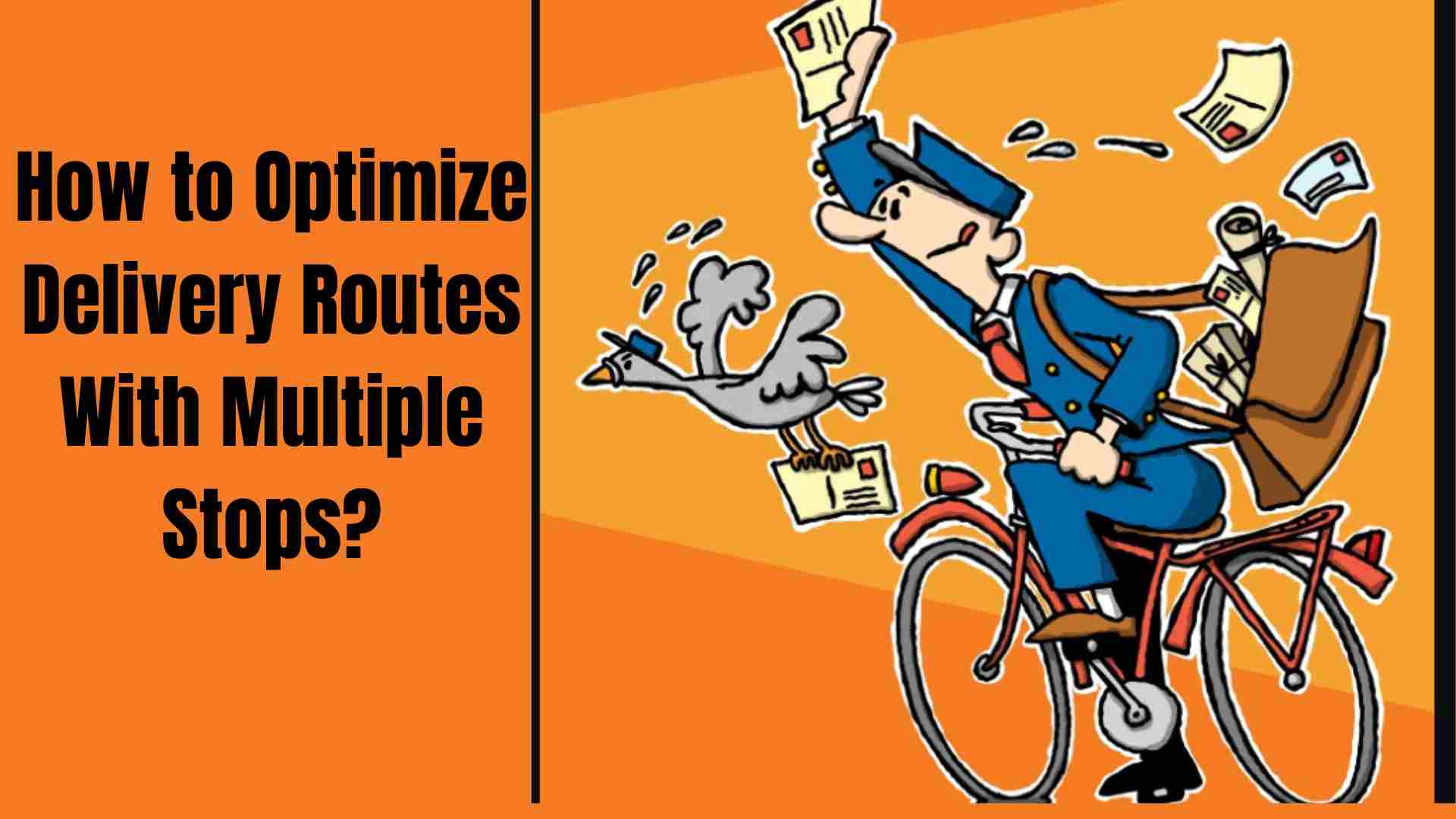
Whether you’re a local courier service or a large-scale e-commerce giant, optimizing delivery routes with multiple stops can significantly impact your bottom line and customer satisfaction. And fortunately, with a set of steps, anyone can do it.
Online data highlights that you can optimize delivery by understanding the challenges, gathering necessary data, collecting real-time information, developing strong route planning strategies and implementing delivery route mapping software. Here’s how.
Understanding the Challenges
Multi-stop delivery routes come with their fair share of challenges. From unexpected traffic jams to varying delivery time windows, it’s crucial to recognize the hurdles you might encounter on the road.
Inefficiency in your delivery routes can be costly. Extra fuel consumption, longer delivery times, and frustrated customers can affect your profits and reputation. Understanding the consequences of suboptimal routes is the first step toward improvement since you know what goal you are trying to achieve. And now have something to measure your efforts against. For example, if your main challenge is that your delivery drivers consume too much fuel, you may optimize routes for less distance to achieve that goal.
Alternatively, if you are trying to guarantee accurate estimates for each delivery, you might optimize routes by roads that rarely face closures.
Gathering Necessary Data
After understanding the challenges around delivery routes and setting your goal, you can collect accurate and up-to-date information on delivery addresses, including geocodes and any specific time windows or delivery preferences.
As part of this step, you will also want to look at previous customer feedback and historical order data, which will help fine-tune routes and enhance the overall delivery experience.
Collecting Real-Time Traffic and Weather Information
Access to up-to-the-minute data on traffic congestion and weather patterns empowers your delivery operation to make informed decisions. Also, adapt swiftly when you are facing challenges. For instance, knowing about a sudden traffic jam on a planned route enables you to reroute deliveries to avoid unnecessary delays, ensuring you can meet customer commitments regardless of unforeseen circumstances. Similarly, staying abreast of adverse weather conditions allows you to take preemptive measures, safeguarding both your delivery personnel and the goods in transit.
To achieve this step, businesses often employ specialized software or applications that provide access to real-time traffic and weather information, many of which come with maps, alerts or other custom features. If the tool you choose is separate from your routing software, you will want to ensure they have integration capability so you can access all relevant data in one dashboard.
Route Planning Strategies
Not all deliveries are created equal. Learn to prioritize stops based on factors like delivery urgency and proximity to each other to minimize travel time. Grouping nearby stops into clusters can streamline your route and reduce unnecessary backtracking, resulting in more efficient deliveries.

Implementing Route Optimization Software and Tools
Thoroughly research available route mapping software options. Look for features that align with your needs, including real-time traffic updates, customizable routing options. And the ability to optimize for multiple stops. Ensure that the software is user-friendly and offers customer support.
However, to truly harness the full potential of route mapping software. You’ll need to integrate it with your existing data systems. This includes importing customer addresses, delivery schedules, and relevant geographic data into the software. Ensure that the software allows easy data integration or offers API solutions for seamless connectivity.
Monitoring and Continuous Improvement
Regularly assess the efficiency of your routes through post-delivery analysis. Identify areas for improvement based on data and feedback. Use the insights gained from your analysis to refine and optimize future routes, continuously striving for greater efficiency.
Remain Flexible
Since the delivery landscape is constantly evolving. It is important that, as a business owner, you stay flexible, being ready to adjust your strategies in alignment with emerging trends and industry best practices. As history shows, the companies that are successful at doing stay competitive and build market share long into the future.





